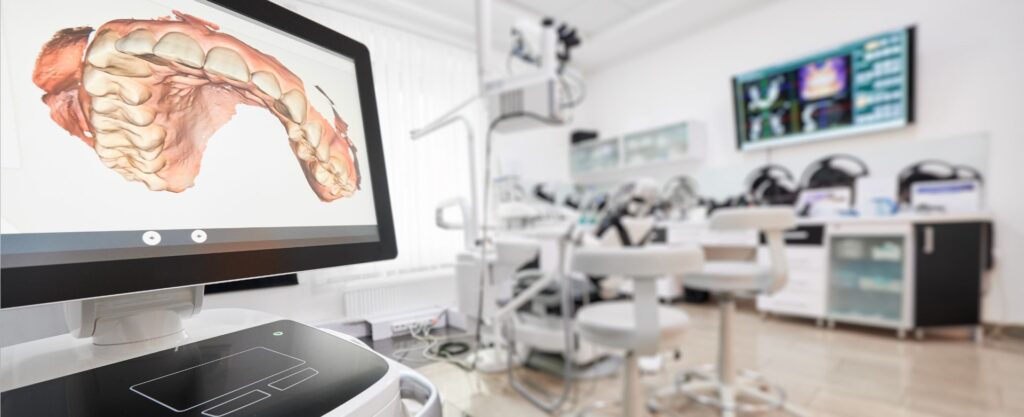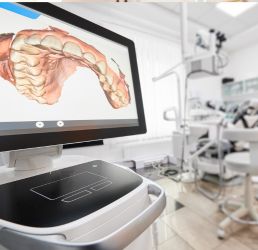
Introduction
In the realm of dentistry, technology has emerged as a game-changer, propelling the field into a new era of precision, efficiency, and patient-centered care. From 3D printing for dental prosthetics to intraoral scanners and digital treatment planning, the advancements in dental technology are revolutionizing how dental professionals approach diagnosis, treatment, and patient outcomes.
1. 3D Printing for Dental Prosthetics
3D printing technology has taken dental prosthetics to unprecedented levels of customization and accuracy. Dentists can now create crowns, bridges, and even dentures using 3D printing technology, allowing for a precise fit and improved patient comfort.
2. Intraoral Scanners
Say goodbye to uncomfortable traditional impressions. Intraoral scanners are handheld devices that capture detailed 3D images of a patient’s mouth. This not only eliminates the need for messy molds but also provides dentists with a more comprehensive view of the patient’s oral anatomy.
3. Digital Treatment Planning
Digital treatment planning software allows dentists to meticulously plan procedures using digital models and simulations. This enhances treatment accuracy and predictability, enabling better communication between the dental team and the patient.
4. Chairside CAD/CAM Systems
Computer-aided design and computer-aided manufacturing (CAD/CAM) systems enable dentists to create restorations like crowns and veneers right in the office. This eliminates the need for temporary restorations and multiple appointments.
5. Teledentistry Solutions
With the rise of telehealth, teledentistry solutions have become more prevalent. Dentists can remotely assess patients’ oral health concerns and provide preliminary advice, expanding access to care and enhancing patient education.
6. Cone Beam Computed Tomography (CBCT)
CBCT is a specialized imaging technique that provides detailed 3D images of a patient’s oral and maxillofacial structures. This technology is invaluable for implant planning, diagnosing complex cases, and ensuring precision in treatment.
7. Laser Dentistry
Laser technology has transformed various dental procedures, offering minimally invasive options for gum surgeries, cavity preparation, and even teeth whitening. Laser dentistry often reduces discomfort, promotes faster healing, and preserves more healthy tissue.
8. Artificial Intelligence in Diagnosis
Artificial intelligence (AI) is making its way into dentistry, assisting in diagnosing conditions like cavities and gum diseases. AI algorithms analyze images and data to provide dentists with more accurate insights.
9. Augmented Reality in Education
Augmented reality applications provide an immersive learning experience for dental students. They can visualize complex procedures and practice techniques in a simulated environment, enhancing their skills and confidence.
10. Smart Toothbrushes and Oral Hygiene Devices
Connected oral hygiene devices offer real-time feedback to patients about their brushing habits. These devices encourage better oral hygiene practices and enable patients to take a proactive approach to their oral health.
As technology continues to evolve, the future of dental care holds exciting possibilities. Dental professionals who embrace these advancements stand to provide enhanced care, more efficient treatments, and ultimately, better patient experiences. The collaboration between human expertise and technological innovation is reshaping the landscape of dentistry, ensuring brighter smiles and healthier lives for patients worldwide.




